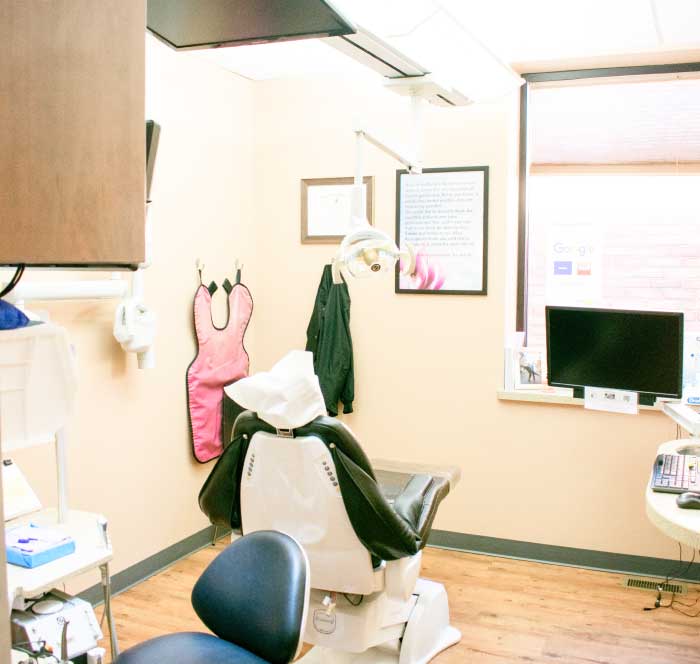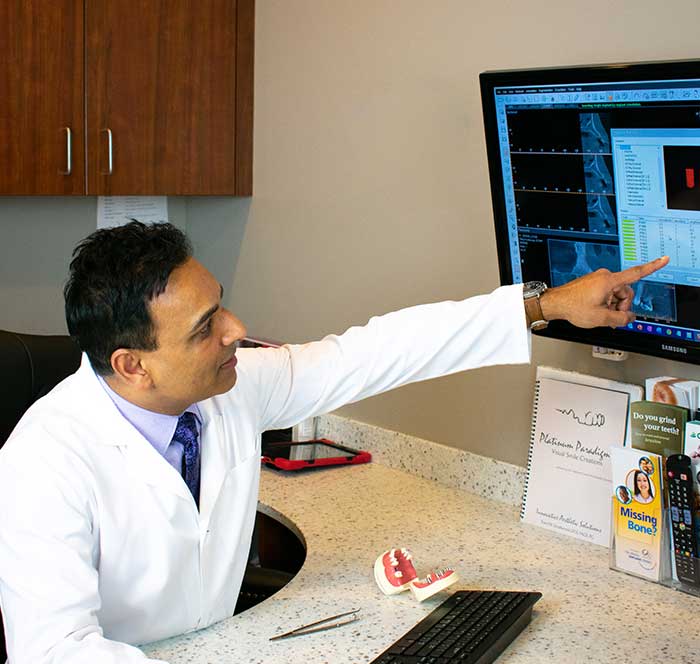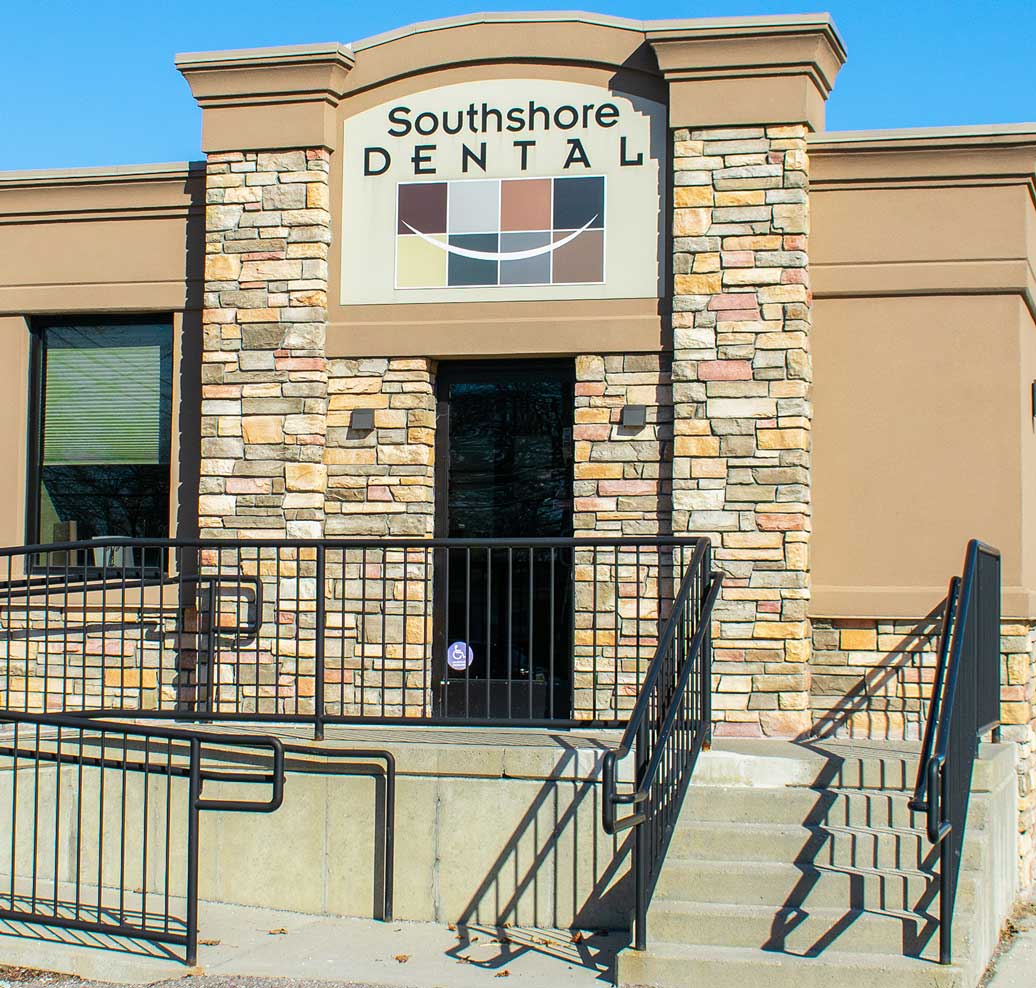What may have once been perceived as a luxury, cosmetic dentistry is quickly becoming commonplace in dental care. The biggest benefit, according to most, is a better smile. The American Academy of Cosmetic Dentistry indicates that 99.7% of adults value a smile as a social asset, with 74% believing that an unattractive smile can inhibit career success.
Beyond confidence booster, cosmetic dentistry provides health advantages too, such as better tooth structure, an improved bite, diet and eating habits, or oral health in general.
There’s a wide range of cosmetic dentistry procedures, many of which deal with common issues encountered through basic dental care. 5 common procedures considered to be cosmetic include:
Teeth Whitening
Teeth whitening or bleaching is a procedure used to achieve a lighter, whiter, brighter color shade for your teeth. While there are home kits for teeth whitening, these come with risks, as opposed to having the procedure performed by your dentist, who safely can achieve results quickly.
The standard bleaching method can take three to four weeks for full results, while laser teeth whitening can help deliver results fast as it activates the active ingredients. It also results in the teeth becoming five to six shades lighter.
Before any whitening procedure, the dental staff cleans and removes any debris or plaque build up. If determined that yours are fit for treatment, teeth whitening can last up to three years.
Dental Veneers
Dental veneers are custom-made artificial caps that cover your natural teeth. They are slim shells, seamlessly matching the color of your teeth, that are placed on the teeth’s front surface, in order to hide any imperfections.
Veneers are usually made from porcelain or resin composites. They take about three to four weeks to be prepared at the lab. When ready to adhere, your dentist will use a bonding agent to apply the veneers to the affected teeth. Depending on the veneer type, they can last ten years or more.
Veneers can be helpful in resolving a range of dental problems:
- Broken and Chipped Teeth
- Teeth Gaps
- Severe or Uneven Tooth Discoloration (Not Remedied by Teeth Whitening)
- Smaller than Average Teeth
- Pointed or Irregularly Shaped Teeth
Invisalign
Invisalign is one of the oldest and best-known brands of clear aligners. Clear aligners are tools in the form of mouth trays that help straighten or realign your teeth, with the advantage of being less conspicuous than braces. Made from a flexible thermoplastic called SmartTrack, Invisalign can be used to correct common issues such as:
- Overbite, Crossbite, and Underbite
- Open Bite
- Tooth Gaps
- Crowded Teeth
Your dental team can create a 3D image of your mouth and jaw, and use it to craft a plan for moving your teeth into the right alignment. Several custom aligners are created for you. They work by applying pressure to the teeth, gradually shifting them to the correct position. Swapping trays out for others along the way throughout the teeth shifting process.
Dental Implants
Dental implants are the perfect permanent replacement for one or more missing teeth. Your dentist surgically inserts a tiny titanium screw at the site of the missing tooth, supporting the jaw and other artificial tooth devices, such as crowns, dentures, and dental bridges. Durable implants offer several benefits, including improved eating, speech, comfort, and long-term oral health.
A crown is a dental cover or cap placed over an existing tooth to help return it to the natural shape, color, and size. Crowns are used to restore teeth from deep tooth decay, root canal recovery, a cracked tooth, extreme sensitivity, and other related conditions.
A bridge consists of two crowns attached to a fake tooth that replaces a missing tooth or serves as a permanent replacement for a partial denture.











































